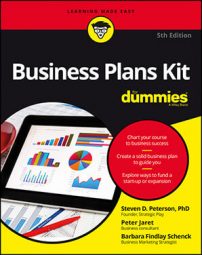The sites require you to make a concise and engaging funding request accompanied by an offer of interest to those being solicited (a record or concert tickets from an entertainer, for example). Plus, you have to follow the model of the funding platform you choose to use. Some platforms are all-or-nothing, meaning no contributions are accepted unless a minimum pledge level is reached.
All platforms collect a small percentage of funds received as their hosting and processing fee, and nearly every successful effort begins with strong momentum from an impressive groundswell of first-day contributions, usually from friends, family, customers, and Facebook followers. For example, the Nikola Tesla museum project raised more than a million dollars in the first 9 days before going on to meet its full 45-day campaign goal.
Among the most successful reward-based crowdfunded campaigns are a number of names you likely know:
- The space simulation game Star Citizen broke the world record for crowd-funded games by raising $4.2 million. Contributors were rewarded with game currency.
- The virtual reality headset by Oculus Rift exceeded a $250,000 crowdfunding goal by raising a whopping $2.4 million before being purchased by Facebook for $2 billion. (Contributors are still posting that they wish they’d received stock instead of the thank-you notes, T-shirts, and headsets they received as contribution rewards.)
- Reading Rainbow, a TV show which encourages kids to read, raised more than $5 million in 35 days. Contributors received gifts ranging from bumper stickers to a private dinner with Reading Rainbow host LeVar Burton.
Before you start making your list of rewards and planning your crowdfunding appeal and video, here are some statistics from the 2015 Crowdfunding Industry Report to help you base your funding expectations in reality:
- Kickstarter reports that fewer than 40 percent of campaigns reach their funding goal, and for tech-based campaigns the success rate is even lower.
- The campaigns with huge goals make headlines, but campaigns with a goal closer to $10,000 have the highest success rate.
- The average successful campaign receives approximately $7,000.
- The average failed project brings in less than $1,000.

